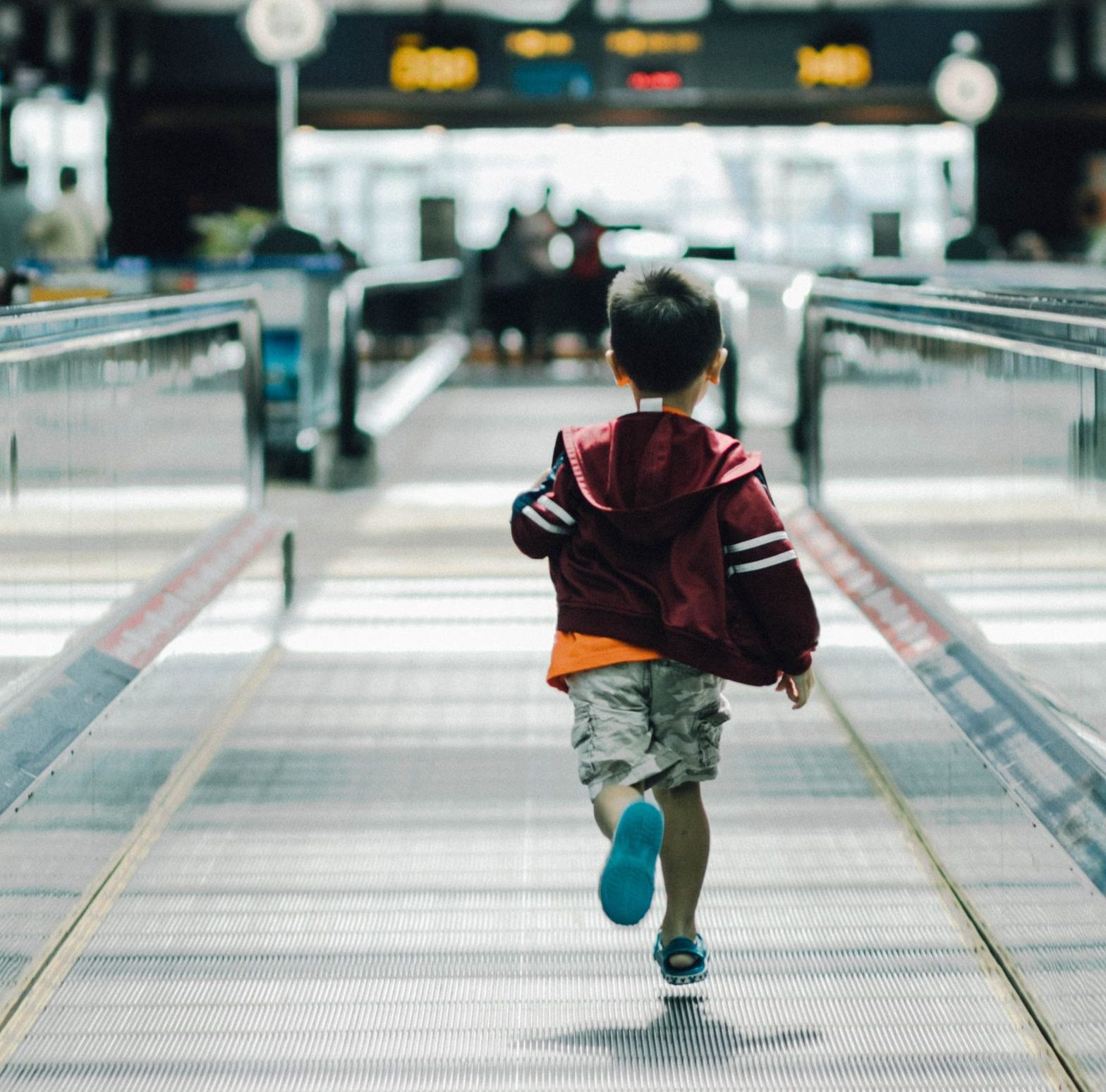
In today’s interconnected world, fostering cultural awareness and respect for diversity from a young age is crucial. One of the simplest yet most impactful ways to introduce children to different cultures is through greetings. Whether it’s saying “Bonjour” in French, “Namaste” in Hindi, “Hola” in Spanish, or “Ciao” in Italian, these greetings not only teach language basics but also instill empathy and curiosity about the world beyond one’s own community.
Why Teach Children Different Greetings?
- Cultural Understanding: Learning to greet others in different languages exposes children to the diversity of cultures around the world. It helps them understand that there are different ways to communicate respect and acknowledgment.
- Empathy and Respect: Teaching children to say “Hello” in another language encourages empathy by showing them that people from different backgrounds appreciate when others make an effort to understand their customs and traditions.
- Language Development: Early exposure to multiple languages can enhance a child’s linguistic abilities and make them more adaptable to learning languages later in life.
- Global Citizenship: In an increasingly globalized world, knowing how to greet others in different languages promotes a sense of global citizenship and openness to new experiences.
Practical Ways to Introduce Multilingual Greetings
-
Everyday Practice:
- Morning Greetings: Start the day with a multilingual greeting routine. Encourage children to say “Hello” or “Good morning” in different languages.
- Role-playing: Use pretend play scenarios where children can act out meeting someone from another country and greeting them in their native language.
-
Storybooks and Media:
- Multilingual Books: Read storybooks that feature characters from diverse backgrounds and languages. This exposes children to different greetings in context.
- Educational Apps and Videos: Utilize interactive apps or videos designed for language learning to make greetings fun and engaging.
-
Cultural Celebrations:
- Festivals and Holidays: Explore cultural festivals or holidays where greetings play a significant role. Discuss the meanings behind these greetings and their cultural importance.
- Guest Speakers: Invite speakers from diverse cultural backgrounds to share their language and greetings with the children.
-
Language Games and Activities:
- Flashcards: Create flashcards with common greetings in various languages. Make it a game to match the greeting with the correct language.
- Sing-alongs: Incorporate songs or rhymes that include greetings in different languages. Singing helps children remember phrases more easily.
Benefits Beyond Language Skills
- Building Bridges: Learning to greet others in their language builds bridges of understanding and promotes inclusivity.
- Cognitive Development: Exposure to different languages from an early age has been shown to enhance cognitive development, including problem-solving skills and creativity.
- Appreciation of Diversity: By recognizing and respecting different ways of greeting, children develop a broader appreciation for cultural diversity.
- Confidence and Communication: Practicing greetings in different languages boosts children’s confidence in social interactions and encourages them to communicate effectively across cultural boundaries.
Overcoming Challenges
- Pronunciation: Encourage children to practice pronunciation by listening to native speakers or using pronunciation guides.
- Cultural Sensitivity: Emphasize the importance of using greetings respectfully and in appropriate contexts, respecting cultural nuances.
- Consistency: Introduce greetings consistently to reinforce learning. Regular practice ensures children retain what they have learned.
Conclusion
Teaching children to say “Bonjour”, “Namaste”, “Hola”, or “Ciao” goes beyond language acquisition; it fosters a mindset of openness, curiosity, and respect for diversity. By embracing these simple yet meaningful cultural exchanges, parents and educators play a vital role in shaping the next generation of global citizens. So, let’s encourage our kids to say “Hello” in many languages—it’s a small gesture that makes a big difference in promoting a more connected and understanding world.
Whether it’s a casual greeting in a foreign language or a deeper exploration of cultural customs, every interaction counts toward building a more inclusive society where differences are celebrated and understood. Let’s start today and watch our children grow into empathetic, culturally aware individuals who greet the world with curiosity and respect.
Transform your parenting journey with StrollerPatrol – the essential neighborhood app designed for safety-conscious parents. Get it now!
Stay informed with our blog’s newest nanny and parenting advice. Subscribe today for priceless insights sent directly to your email. Enhance your parenting journey with Stroller Patrol.
Send us your questions and we’ll feature the answers on our site:
All questions will be posted as anonymous.



